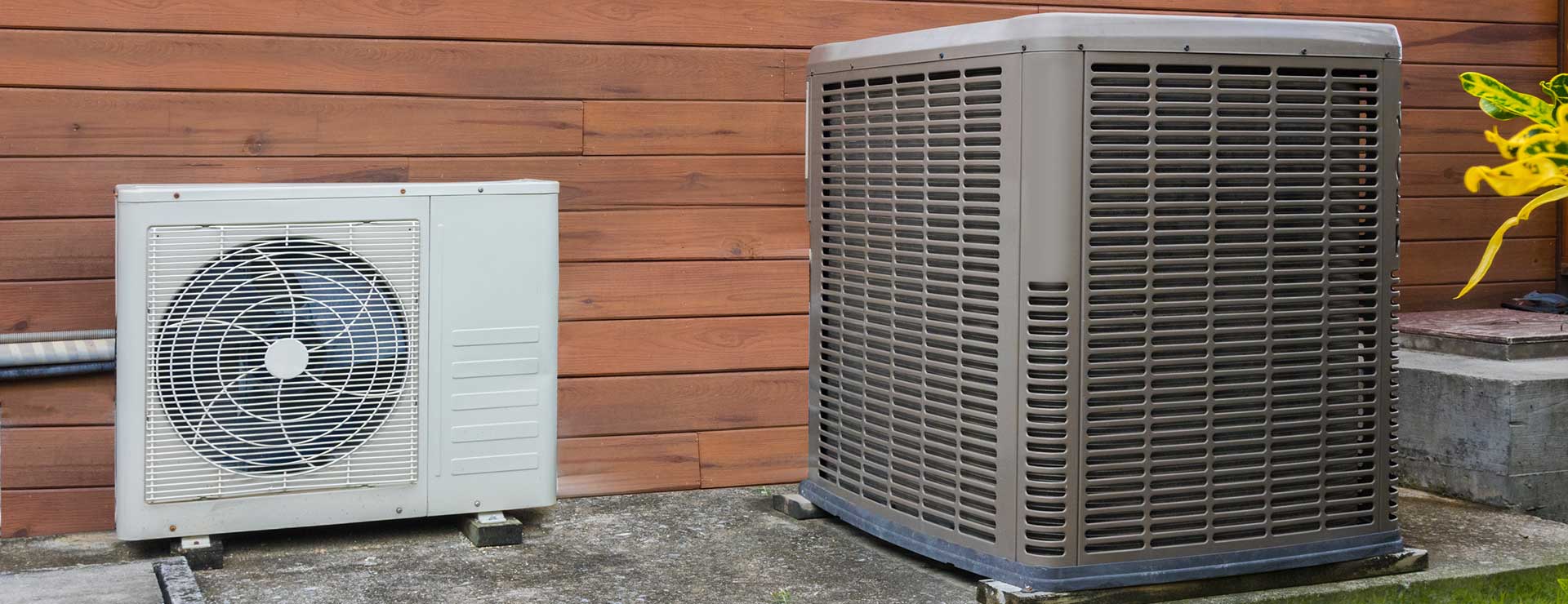Utility Solutions
Building ElectrificationBuilding electrification demand is set to surge

Customers need expert guidance
Investing in energy efficiency solutions, or new electric appliance technology, such as heat pumps or electric stoves, is expensive and worrisome.
There are many potential products and rebate programs to consider and choose from. Customers who don’t know where to start are inundating utilities with hard-to-answer questions.

Tracking and managing rebates and eligible equipment is a daunting challenge
Without the right tools, utilities can waste inordinate effort trying to track, expose, validate, and dynamically calculate rebates across a swathe of hardware choices.
Developing the tools to automate these processes is a prohibitive commitment for many utilities.

Surging demand for electrified buildings is swamping utility staff
Building electrification creates many laborious demands, such as regulatory reporting, exposing application status to customers, or tracking which customers have upgraded electric panels.
A surging volume of building electrification rebate requests is overloading utility bandwidth.

Planning for grid load is harder than ever
As DERs proliferate, many utilities cannot accurately model how much electricity a single building equipped with PV panels and electric appliances will generate or consume.
Utilities need to plan for building electrification and its impact on the grid but doing this for each and every building is a daunting and costly task, especially with other DERs masking gross load.
Solutions for scaling and managing building electrification programs
- Personalized Guidance: Offer a personalized, self-service educational tool to answer customer questions like: “When can I expect to break even on a heat pump?”
- Help customers plan ahead: Proactively educates customers before their existing equipment fails, with estimates tailored to each customer
- Automate and streamline programs applications, customer communications, deadlines, and more – without adding resources.
- Virtually assess building energy and heating efficiency, without on-site intervention.
- Address energy equity: identify and target residential and/or commercial customers with low efficiency scores, to drive equitable electrification
- Advanced planning: infer system specifications, and disaggregate behind-the-meter PV production from net load to establish true gross load growth
Case Study
Virtual Energy Audit with Sacramento Municipal Utility District
Clean Power Research® has developed the Virtual Energy Audit (VEA) — part of the PowerClerk® Analytics product suite — to rapidly calculate building shell efficiency for large numbers of customers while identifying changes to equipment and the building shell. This gives utility efficiency program managers tools to validate improvements and quantify their effectiveness. In this case study, Clean Power Research® performed a Virtual Energy Audit for nearly 350,000 single-family residential homes in SMUD (Sacramento Municipal Utility District) territory.
Ready to scale and streamline your building electrification program? Contact us to learn more!
A suite of products to oversee building electrification programs end-to-end
Offer on-demand, self-service assessments for a wide range of renewable energy, EV and rate offerings with WattPlan®.

